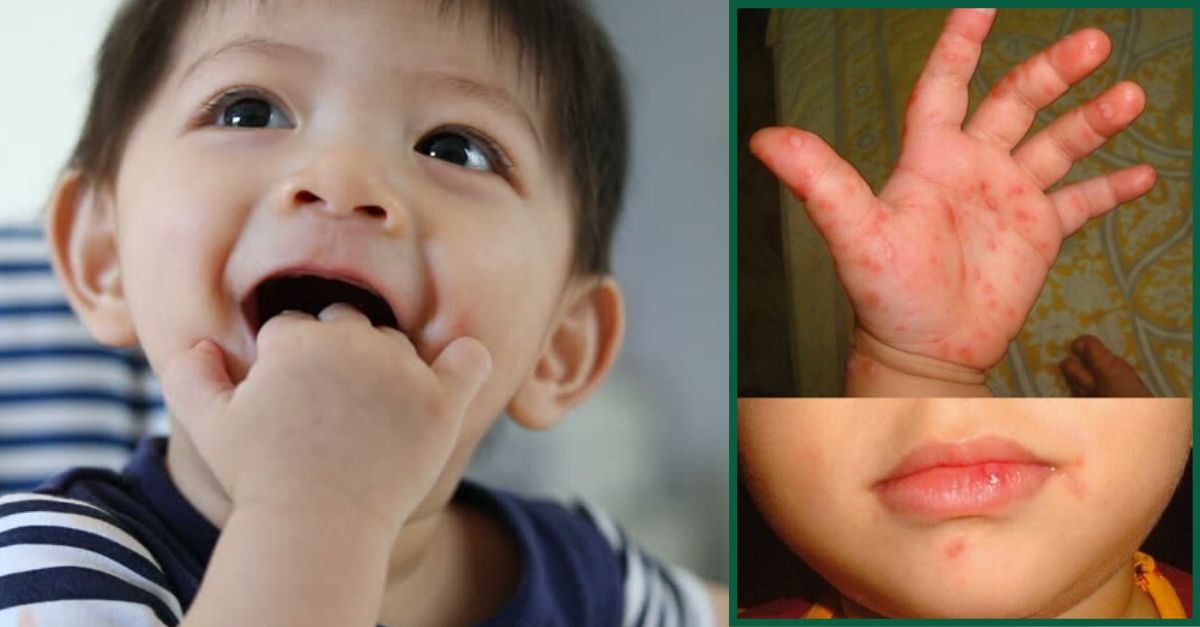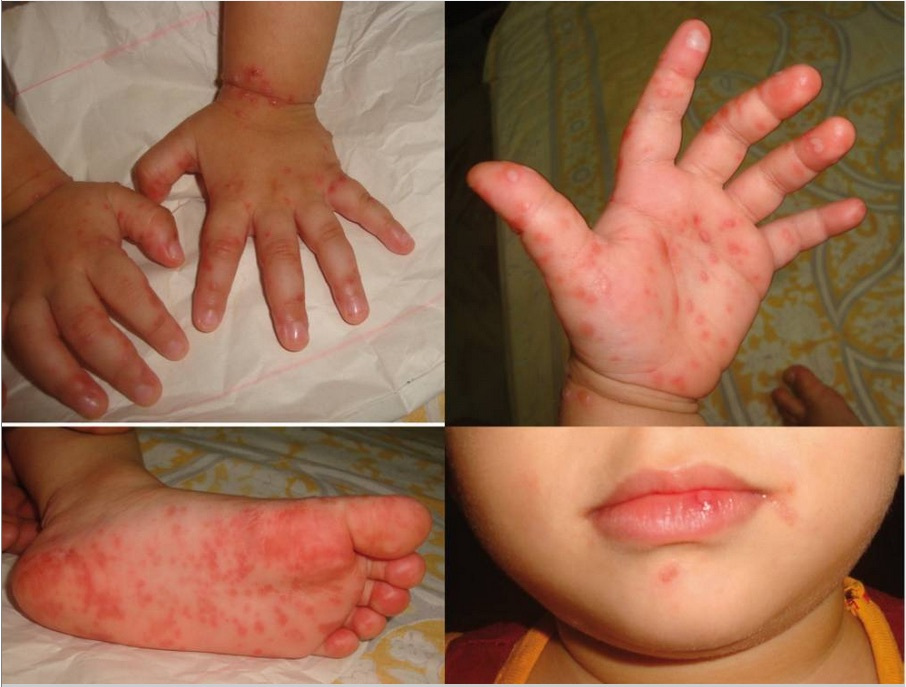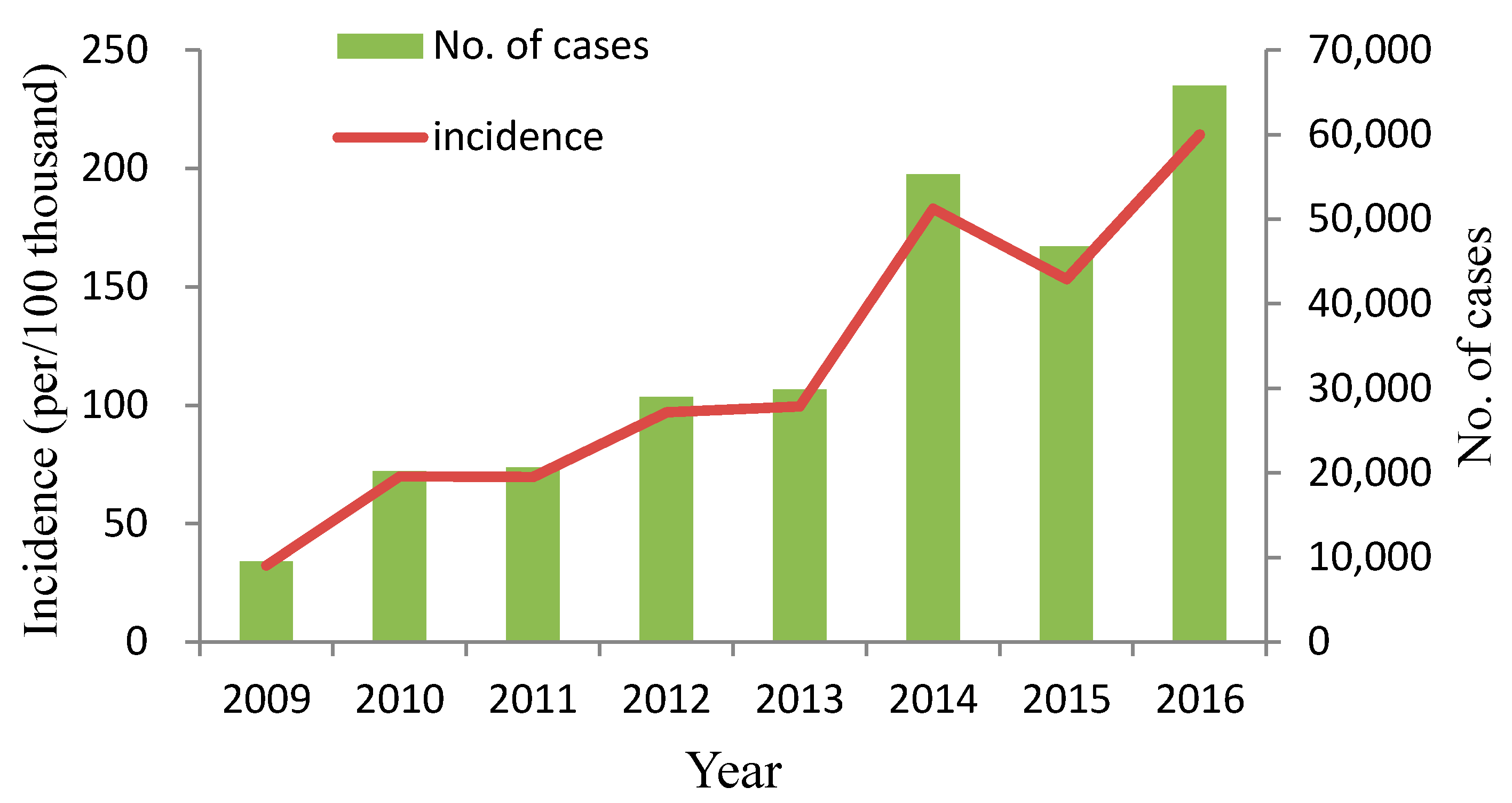
It seems like every year around this time we see reports of hand, foot, and mouth disease making a comeback to some capacity. Hand, foot, and mouth disease is a contagious infection. It is caused by viruses from the Enterovirus genus and can spread from person to person. According to Healthline, “These viruses can spread from person-to-person through direct contact with unwashed hands or surfaces contaminated with feces. It can also be transmitted through contact with an infected person’s saliva, stool, or respiratory secretions.”
Hand, foot, and mouth disease can manifest in the form of blisters or sores in the mouth and a rash on the hands and feet. This disease can affect people of all ages but is commonly found in children under the age of 5.
How to tell if you or a little one has hand, foot, and mouth disease

Healthline reports that some of the most common symptoms of this disease include the following: Fever, poor appetite, sore throat, headache, irritability, painful and red blisters of the mouth, a red rash on hands and soles of the feet. It is more common for kiddos to contract this disease because it is sore hard to get children to wash their hands and keep them out of their mouths.
RELATED: Thyme Is The Perfect Natural Remedy For Fighting Strep Throat, Flu, And More
Young children have the highest risk of contracting this disease, especially if they attend some type of daycare. Despite this, it’s still possible for older children and adults to come down with the infection. This is especially so if they have a weakened immune system.
How to treat and prevent it from being caught/spread around

In most cases, the infection can go away without treatment in 7-10 days. However, sometimes your doctor will prescribe you or your little one something to help ease the symptoms. Any of these treatments may include something prescribed or an OTC, pain medication, or medicated syrups. At-home treatments you can try include sucking on ice or popsicles, eating ice cream, and drinking cold beverages.
It’s important to know how to prevent yourself from catching and spreading the disease. This includes regular hand-washing and not putting your hands near your mouth. It’s also important to teach children the importance of washing your hands with warm water and soap. The disinfecting of surfaces in your home on a regular basis also helps decrease the risk. Lastly, if you suspect your child may have the disease, please keep them home from school!

There have already been some cases of the disease reported in states like North Carolina all the way over to Colorado. Considering how widespread this disease is, it’s important to keep your preventive measures active as ever to prevent an outbreak.
